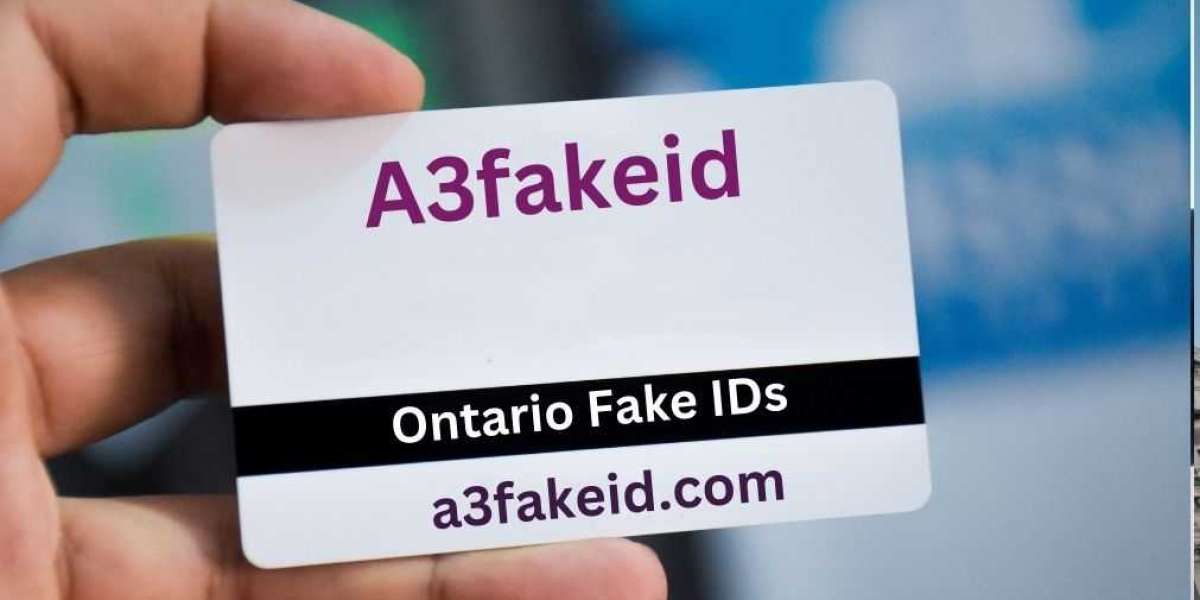When trying to identify or understand a Fake ID Florida, there are several key pieces of information and details to consider. Detecting a counterfeit Florida identification card or driver's license requires careful examination and scrutiny. Here is the information that can help you identify a Fake ID Florida:
Physical Features and Material:
- Quality of Material: Genuine Florida IDs are typically made of high-quality, durable plastic. Counterfeit IDs may feel flimsy or different from authentic cards due to the use of inferior materials.
- Coloration and Printing: Examine the overall coloration, printing quality, and clarity of the ID. Look for any inconsistencies, smudges, or fading.
Security Features:
- Holographic Elements: Genuine Florida IDs often feature holographic overlays with intricate details and shifting elements when tilted. Fake IDs may have holograms that appear less convincing or fail to display these characteristics.
- Microprinting: Genuine IDs often incorporate tiny text (microprinting) that is challenging to replicate accurately. Use a magnifying glass to check for microprinting on the ID.
- UV Elements: Some Florida IDs have ultraviolet (UV) features that become visible under UV light. Shine a UV light on the ID to see if any hidden elements appear.
- Security Threads or Strips: Genuine Florida IDs may incorporate security threads or strips into the card. Look for these features, which are challenging to replicate.
Photograph and Signature:
- Portrait and Signature: Compare the photograph on the ID to the individual presenting it. Check for signs of tampering, such as mismatched edges around the photograph or signature, or the presence of glue residue from pasted photos. Ensure that the photo closely resembles the cardholder.
Barcode and Magnetic Stripe:
- Scan the Barcode: Attempt to scan the barcode using a reliable barcode scanner or verification tool. Check for accurate and valid information.
- Magnetic Stripe: If the ID has a magnetic stripe, check for signs of tampering or inconsistencies.
Date of Birth and Age:
- Age Verification: Verify that the date of birth on the ID aligns with the cardholder's apparent age. Be suspicious of age-related identifiers that do not match the individual's appearance.
Fonts and Formatting:
- Text and Fonts: Carefully examine the text on the ID, including the fonts and formatting. Look for inconsistencies or unusual fonts that may indicate a fake ID.
Template Design and Layout:
- Design Elements: Compare the design and template of the ID to genuine Florida IDs, paying attention to the layout and placement of information.
Physical Examination:
- Physical Flaws: Assess the overall quality of the ID, including the presence of visible flaws or irregularities. Genuine IDs are produced with attention to detail and quality.
Interactions and Behavior:
- Behavior of the Cardholder: Engage with the individual presenting the ID and ask questions about their personal information, such as their date of birth or address. Inconsistencies in their responses can be a red flag.
Seek Expert Assistance:
- Law Enforcement: When in doubt, seek assistance from law enforcement or personnel trained in ID verification. They can use specialized tools and databases to further validate the ID's authenticity.
Remember that detecting Fake ID Florida cards requires expertise and experience. Relying on trained personnel and technology is essential to ensure accurate identification and prevent the use of counterfeit IDs. Additionally, it's important to emphasize that using a Fake ID, whether in Florida or any other state, is illegal and can result in serious legal consequences.
For more information visit a3fakeid








